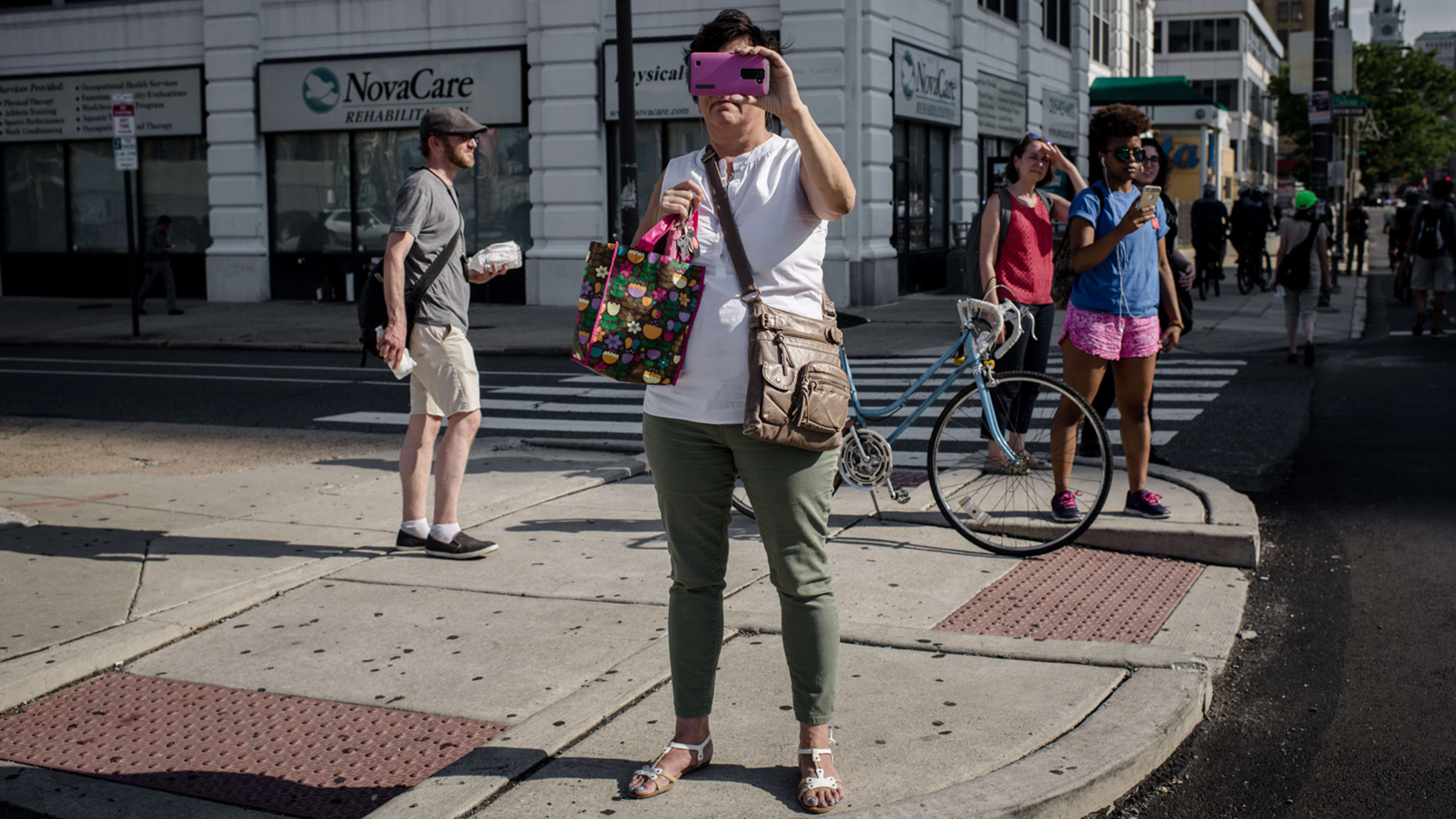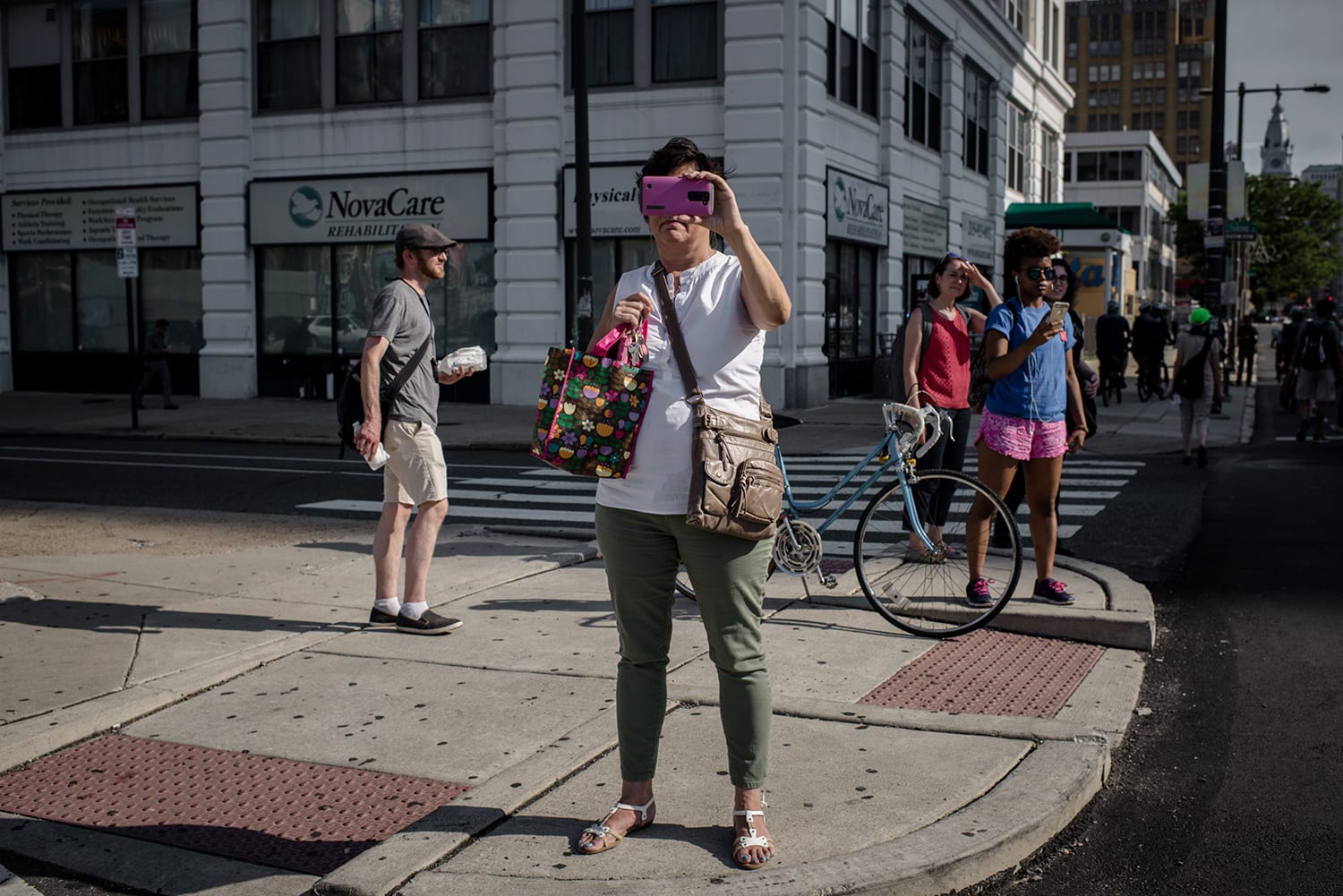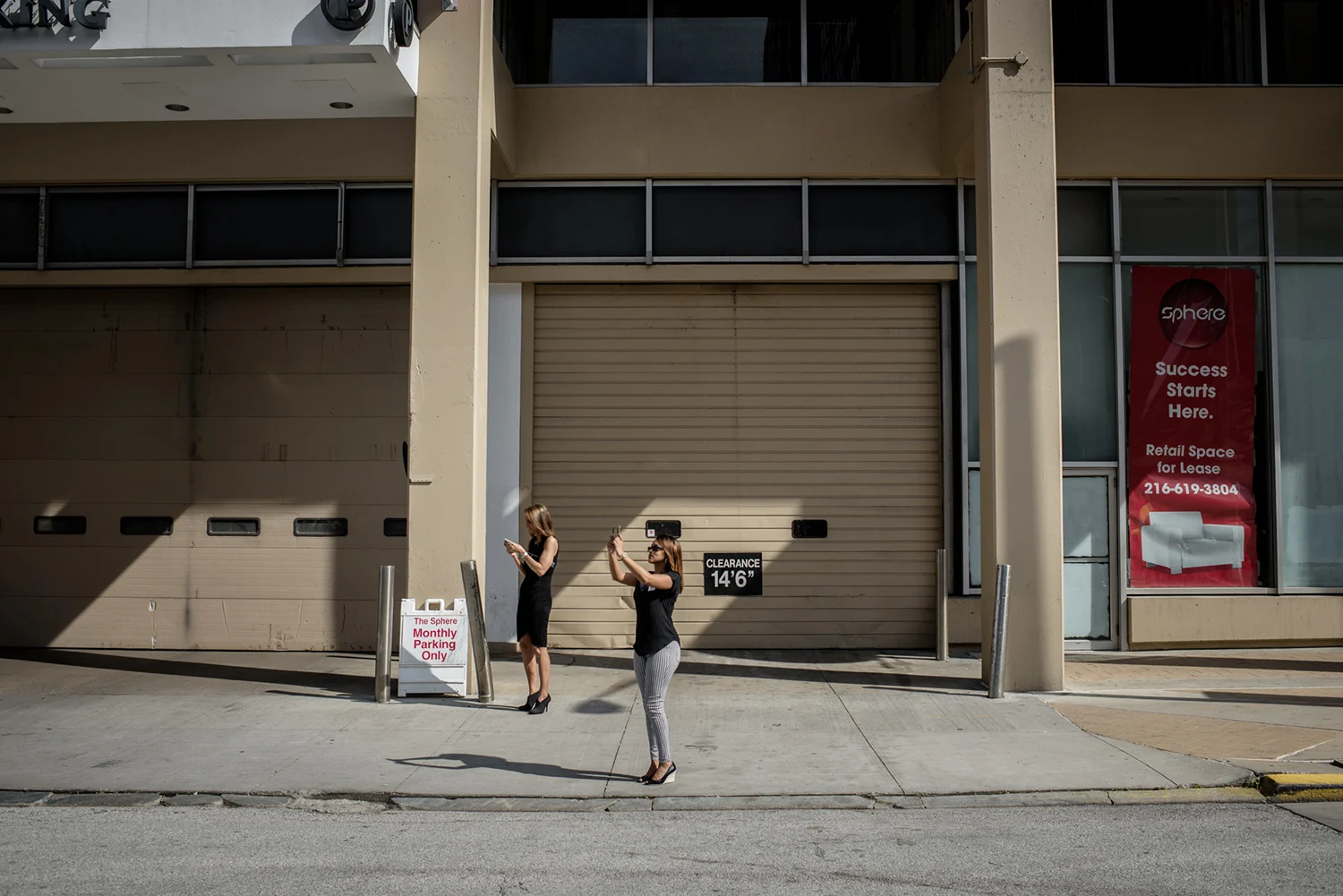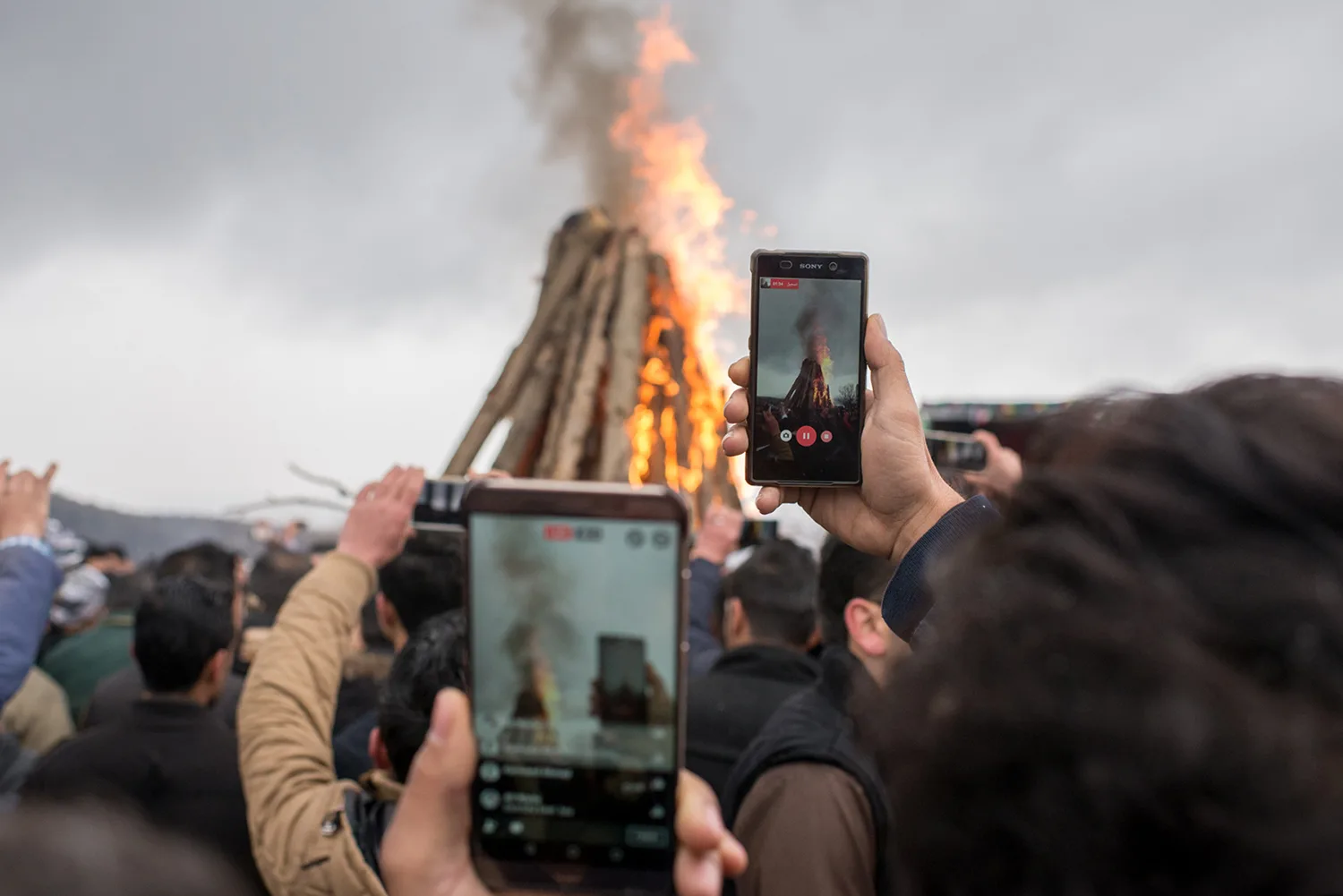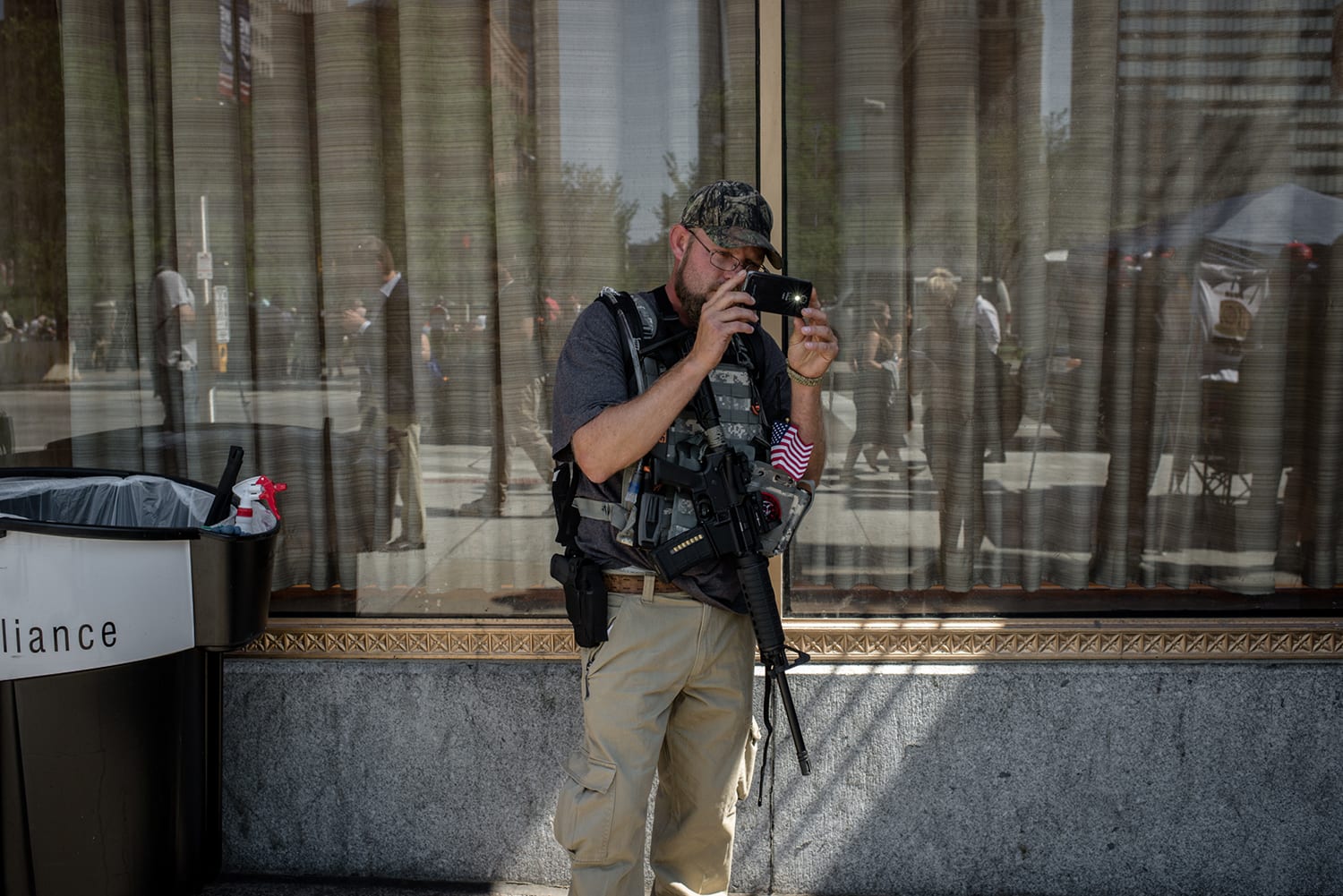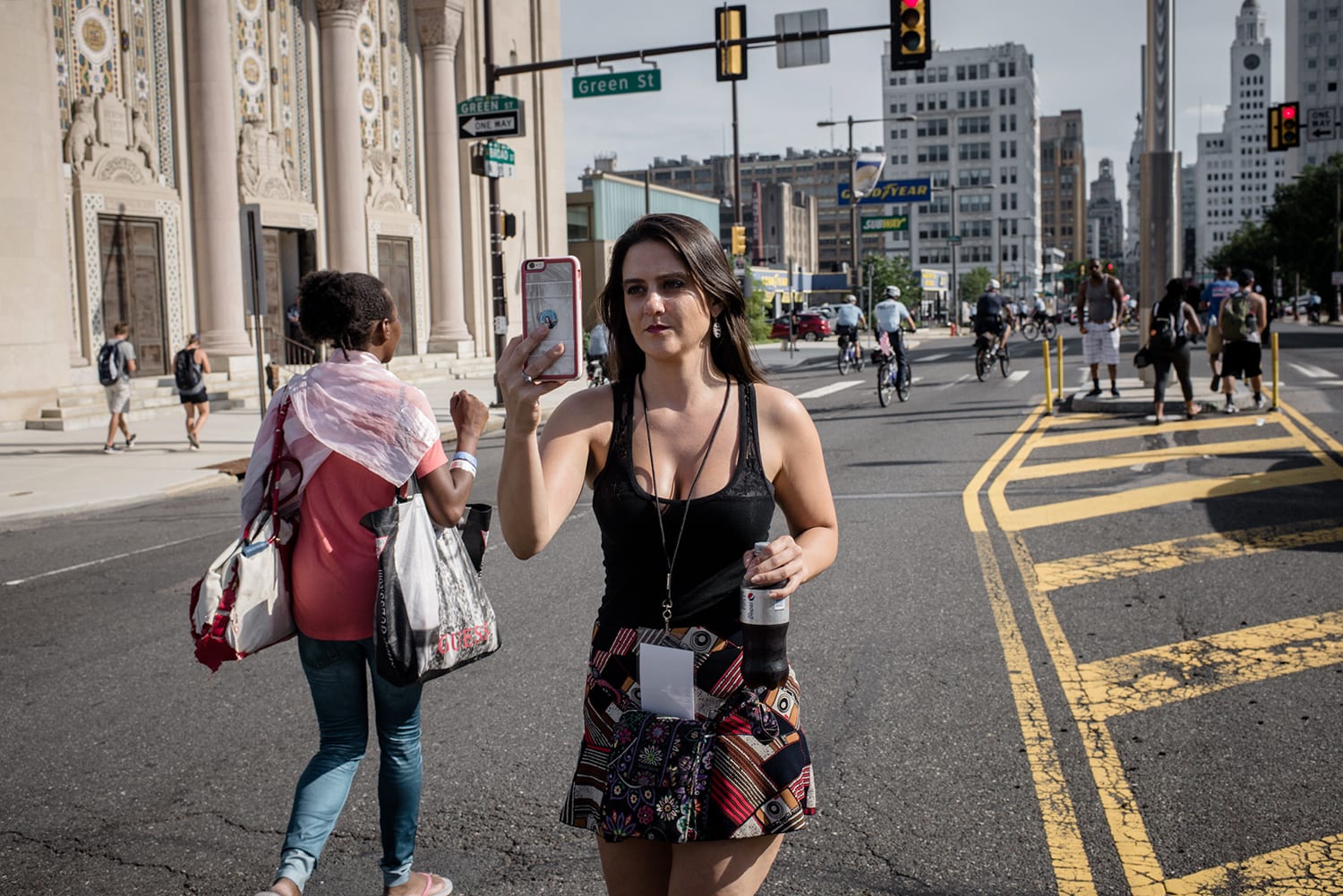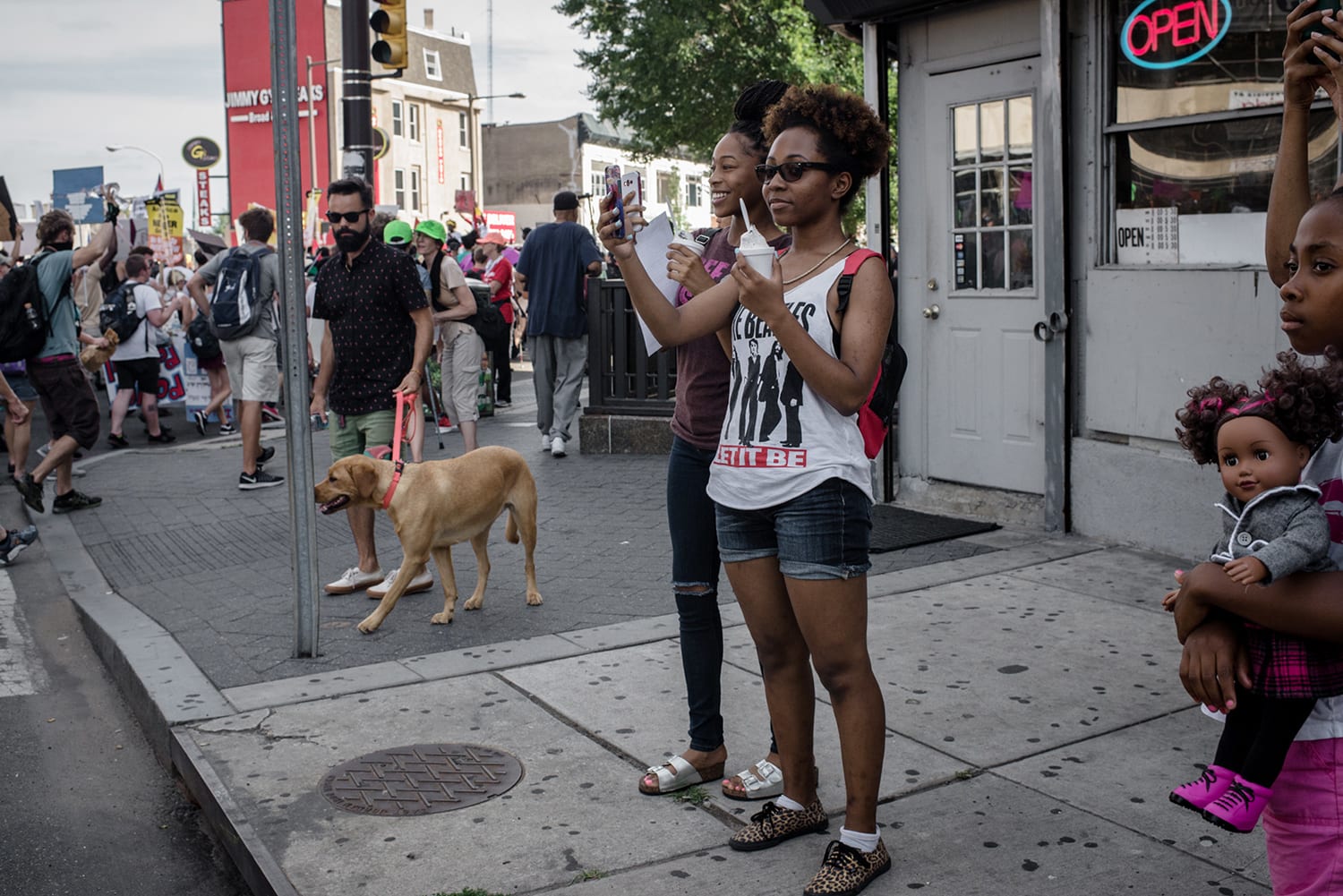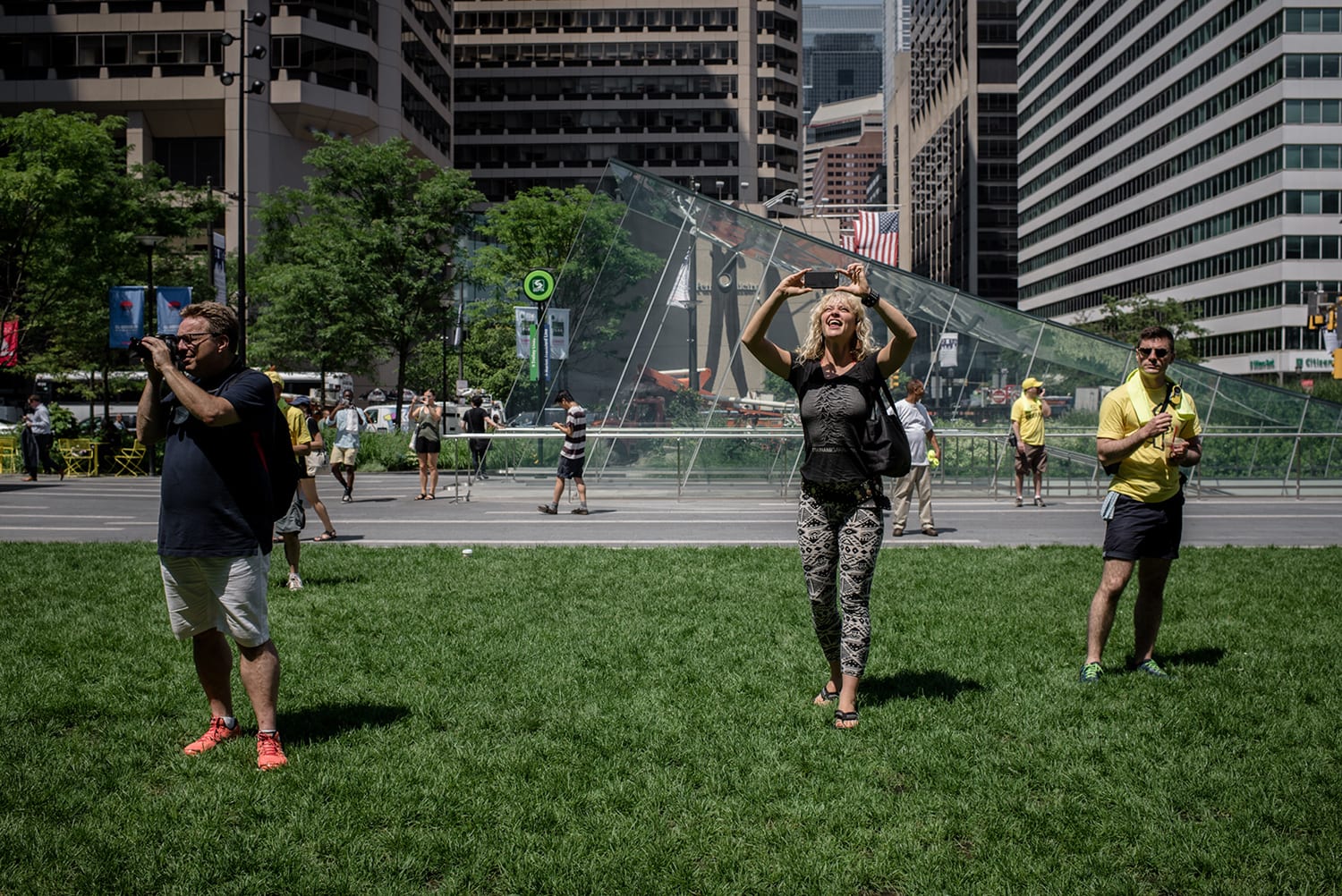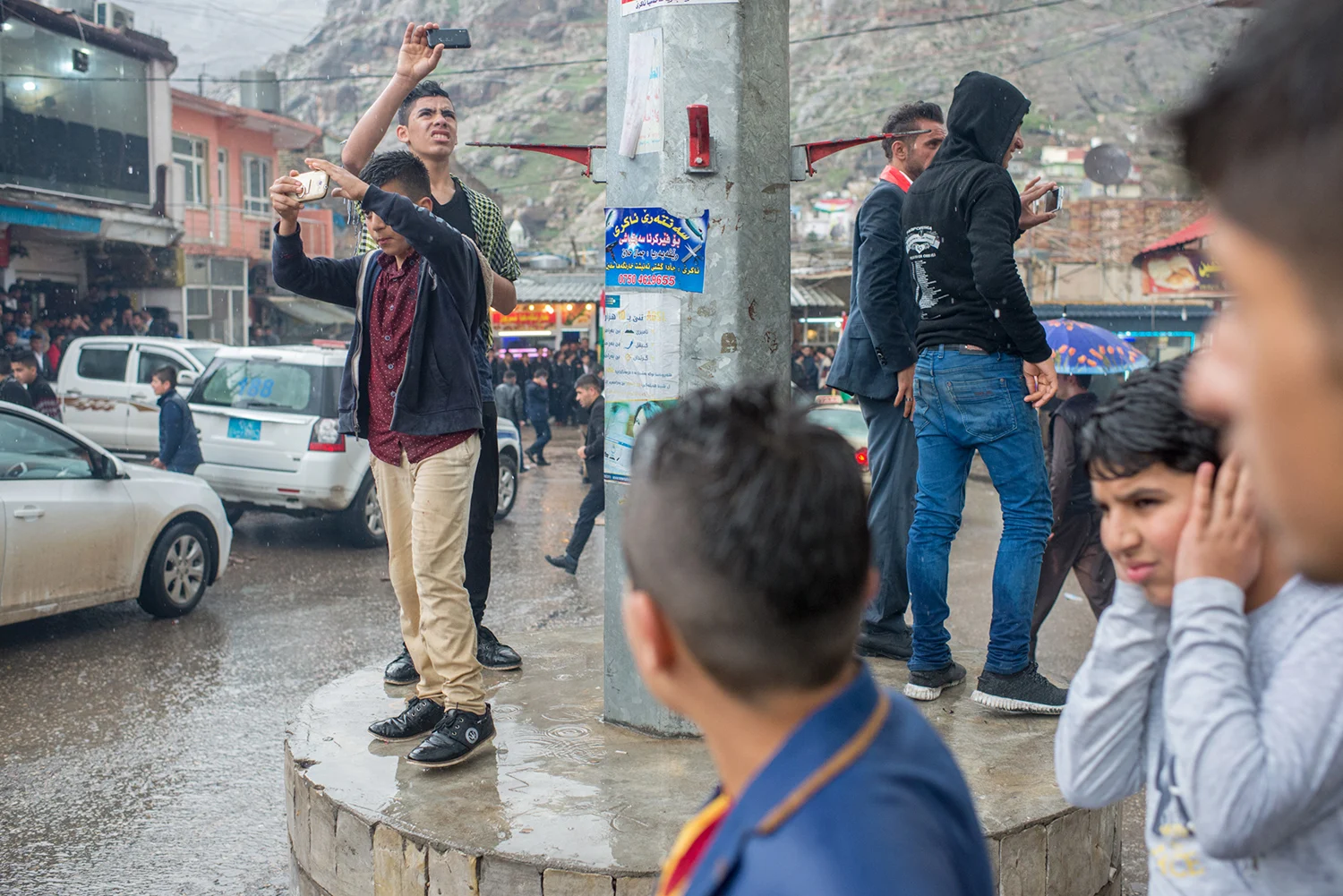Stories or still photos? That’s become an increasingly common question since Instagram introduced its Snapchat-imitating video feature. The ephemeral mobile viewing experience has grown rapidly since then–surpassing 250 million daily active users earlier this summer.
One result is that the number of badly shot mobile videos is proliferating, making it even harder to stand out and get noticed in feeds. Here are some of the things I have learned about effectively using Instagram Stories since it launched in 2016. These are tips and tricks I used while covering the nine-month battle for Mosul in Iraq for the Guardian, the Wall Street Journal, and Foreign Policy, among others. Some of this material is from presentations I’ve given at Instagram and Facebook as well.
There are countless ways to use the Instagram app, and my hope is that these 12 ideas will either help get you started or spark some creativity if you’re already using it.
Tip 1: Use your phone’s native camera for pictures or video. Don’t use the app’s camera. Video and pictures taken in Instagram’s app are lower resolution than what your camera shoots. You’ll also have more limited options for editing your video or pictures if you shoot directly from the app. The downside to this is that your phone will run out of storage more quickly and need to be backed up more often.
Tip 2: Download and save everything captured. Set Instagram to automatically download all your images and videos (under Stories settings “Save Shared Photos”). You’ll never know what you want to remember or how you might need to reuse what you’ve shot. This is especially important when dealing with newsworthy video or pictures–what you shoot during the day may be important evidence, and you might need it later. Save everything.
Tip 3: Shoot vertically. People hold their phones vertically when scrolling through their feed, and because of that are less likely to rotate it when they land on your story. If your video is horizontal, it could push viewers to skip over it and ignore your story altogether. Learn to shoot vertically, and adapt your material to viewer preferences.
Tip 4: Edit and upload at the end of the day. This is especially important if you’re working with a weak internet connection–maybe somewhere rural or remote. If uploads fail, they are likely to sequence out of order when you finally get to upload everything, and that can ruin a narrative story arc. To get around this problem, sequence everything at once when you get somewhere with a strong internet connection. Uploading all at once also allows your viewers to see everything together instead of flipping back and forth between chapters, or only seeing one slide without much context.
Tip 5: Keep your videos between five and 10 seconds in length. Less than five seconds of video is barely enough to show a situation, and anything longer than 10 seconds will most likely get swiped over. Use the iPhone’s edit feature to trim the video to find the best part of your clips. Shooting 15- to 20-second clips at a time will help you create enough video to sort through and shorten later.
Tip 6: Make your text short and to the point. Condense the text that accompanies your story as much as possible. Assume people using Instagram have about the same reading attention span that you do (no offense). Using that as a guide, you probably only have a few seconds to command someone’s attention, even if the content is riveting. Use short sentences. Avoid long paragraphs. Instead, let your text extend over a few slides in sequence.
Tip 7: Use the phone’s edit feature to crop your pictures. You phone’s screen and Stories dimensions are most likely 9-by-16, but those aren’t the photo dimensions if you shoot with your phone’s native camera. Crop your images before uploading them so you can select what part of the frame you want centered.
Tip 8: Upload old material by exporting from editing software with new metadata. Saving new files out of editors like Photoshop, iMovie, or Premier will trick Instagram into thinking they were taken the same day. This way you can show old photos or videos, or even build a story over a longer period of time to show a narrative evolution.
Tip 9: Set the scene. Think of how movie sequencing works: It starts with a wide opening shot that helps set the scene, and then moves into medium and detail shots to fill out the story as it get more intimate. One of the most common mistakes in shooting video and photo stories is to use a long sequence of medium shots without depth or detail–don’t make that mistake with your Instagram Stories.
Tip 10: Use editing software to add text over your images. Instagram has a limited number of font styles available, so if you want to get more creative, it’s best to edit your photos on another piece of software. This will take a bit more time and patience than just a quick upload at the end of the day, but it will pay off visually. If you’re good at graphic design, the 9-by-16 layout can be really fun to mess around with.
Tip 11: Place your font wisely. Don’t place anything too high or too low in the frame, because it will get cut off by the logos and decals in Instagram’s playback. Use blank space in the video or images–think sky or ground–to your advantage. Alternatively, shoot blank walls or other textures to create transition slides that help tell your story.
Tip 12: Use your friends, family, and colleagues as presenters (and tag them). It’s rarely just you with an iPhone these days; there are almost always other people engaging in the story. Ask the people around you to talk for a few seconds and describe your shared experience. This will make the story feel more relatable and more of an interaction than a one-way feed. Tagging shows you appreciate your community and friendship, but don’t overdo it all the time.
Cengiz Yar is an American documentary photographer based in northern Iraq who focuses on human displacement, religious and ethnic minorities, and the fight against the Islamic State. Follow him on Twitter and Instagram or view more of his work here.
Recognize your brand’s excellence by applying to this year’s Brands That Matter Awards before the early-rate deadline, May 3.
